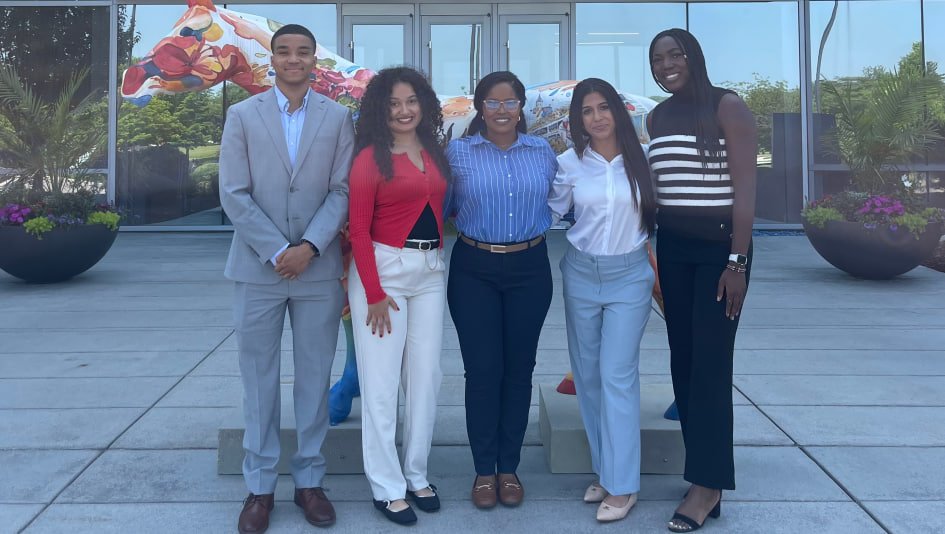In a groundbreaking move, the UK and Australia have announced a strategic partnership to jointly develop next-generation guided weapons. This collaboration marks a significant step in strengthening defense ties between the two nations. Moreover, it aims to enhance their military capabilities in an increasingly complex global security landscape.
A New Era of Defense Collaboration
Firstly, this partnership builds on the long-standing defense relationship between the UK and Australia. Both countries have a history of working together on military projects. However, this initiative takes their cooperation to a new level. By pooling resources and expertise, they aim to accelerate the development of advanced guided weapons.
Why This Partnership Matters
In recent years, global security threats have evolved rapidly. Consequently, nations must innovate to stay ahead. This collaboration ensures that both the UK and Australia can respond effectively to emerging challenges. Additionally, it fosters technological advancements that could benefit other allied nations.
Key Objectives of the Partnership
The partnership focuses on several critical areas. Firstly, it aims to develop cutting-edge guided weapons systems. Secondly, it seeks to enhance interoperability between the UK and Australian armed forces. Finally, it will promote knowledge-sharing and joint research efforts. These objectives ensure that both nations remain at the forefront of military innovation.
The Role of Industry and Technology
Industry leaders from both countries will play a crucial role in this initiative. By leveraging advanced technologies, they will drive the development of next-gen weapons. Furthermore, this collaboration will create new opportunities for defense contractors and researchers. As a result, it will boost economic growth in both nations.
Looking Ahead: A Stronger Alliance
In conclusion, this partnership represents a significant milestone in UK-Australia defense relations. It not only strengthens their military capabilities but also reinforces their commitment to global security. As they move forward, both nations are poised to set new standards in defense innovation. Ultimately, this collaboration will benefit not just the UK and Australia, but also their allies worldwide.
Final Thoughts
The UK and Australia’s joint effort to develop next-generation guided weapons is a testament to their shared vision for a safer world. By working together, they are paving the way for a more secure future. Indeed, this partnership is a shining example of what can be achieved through international cooperation.





